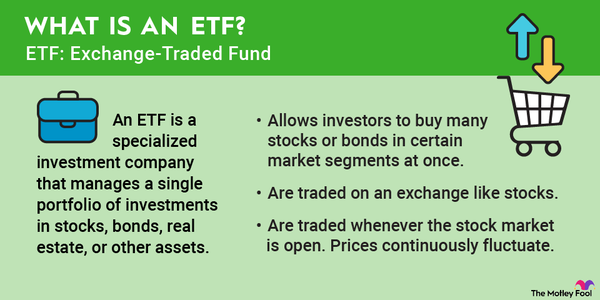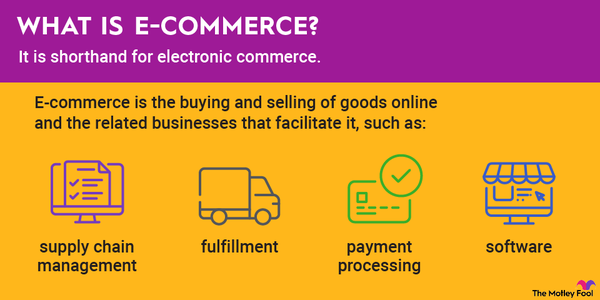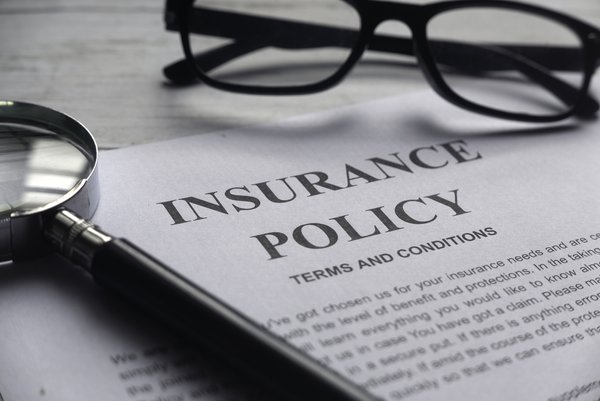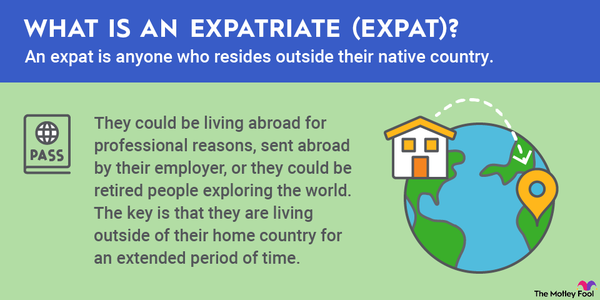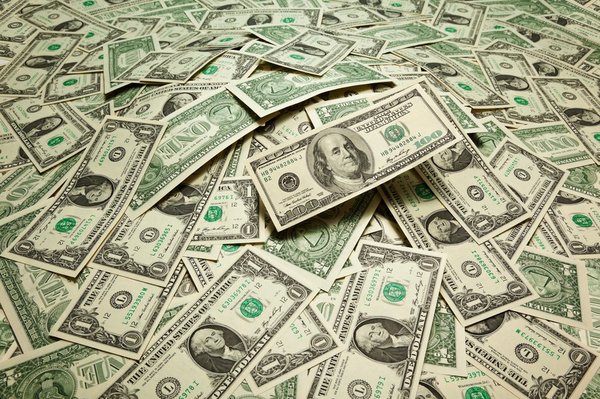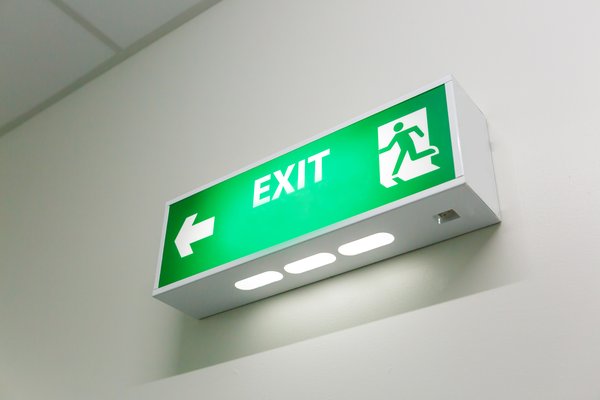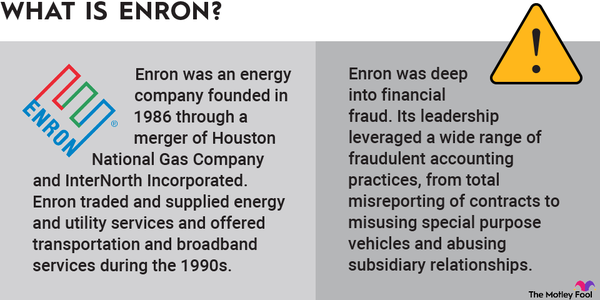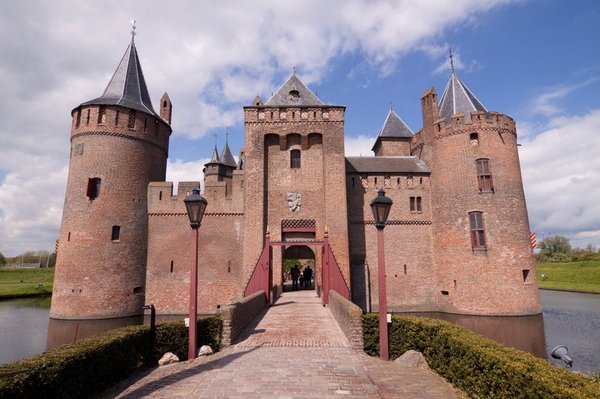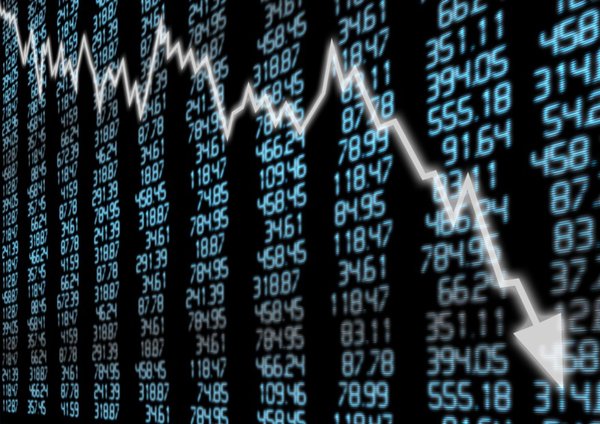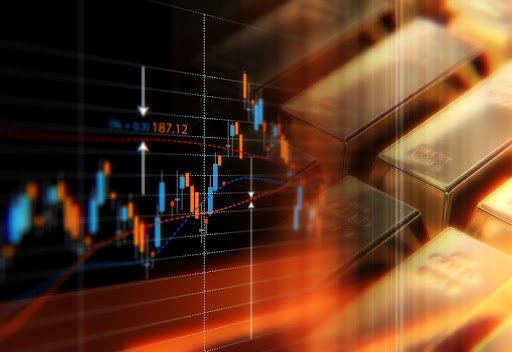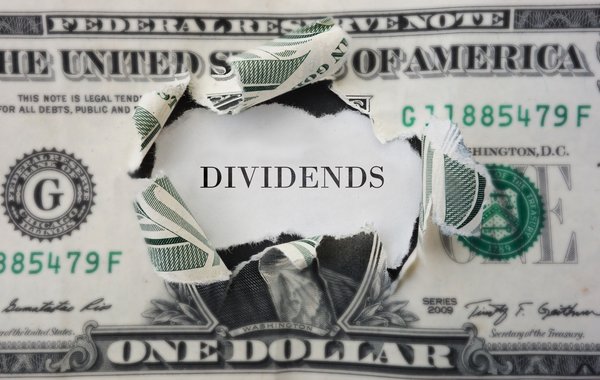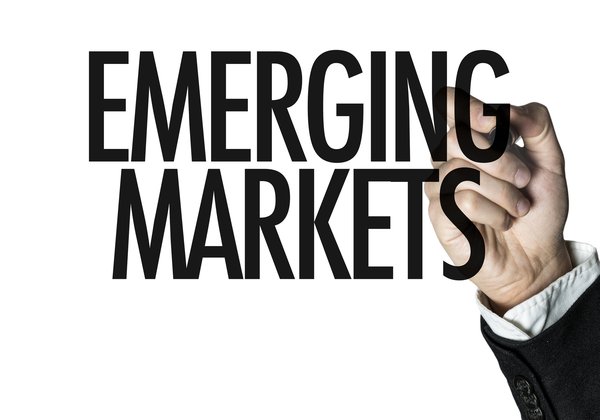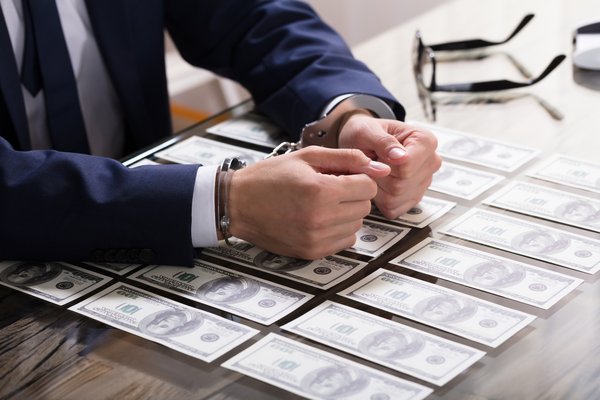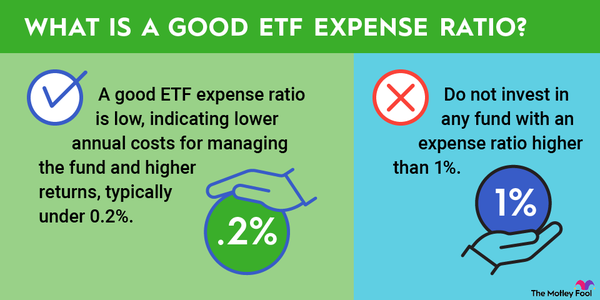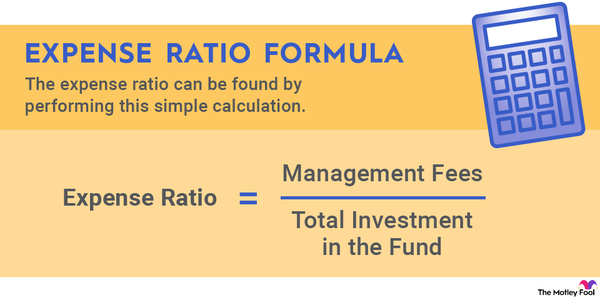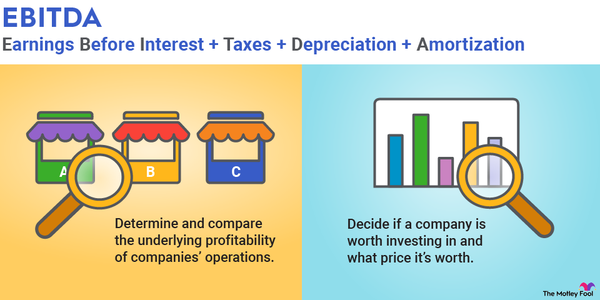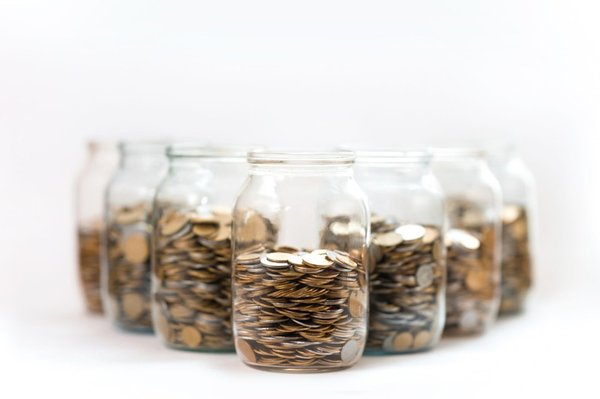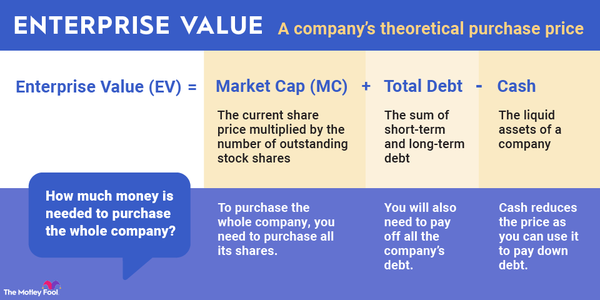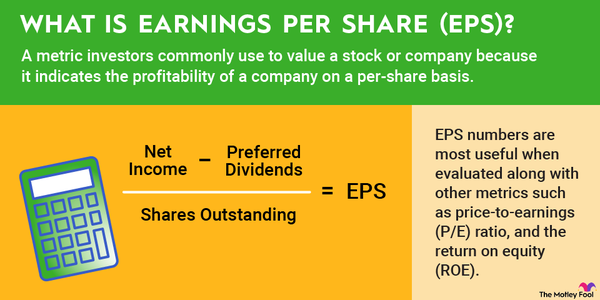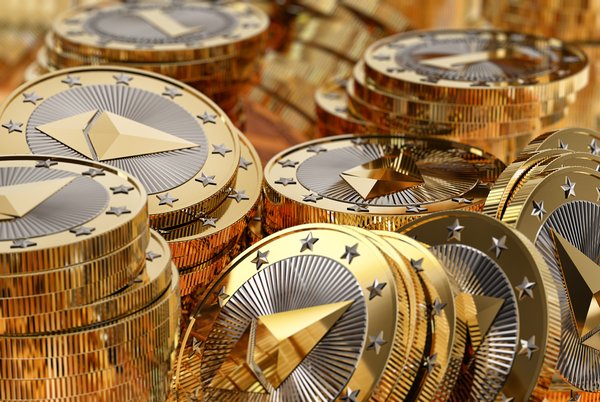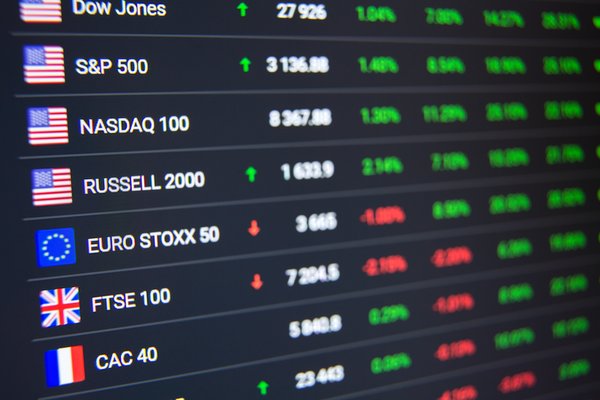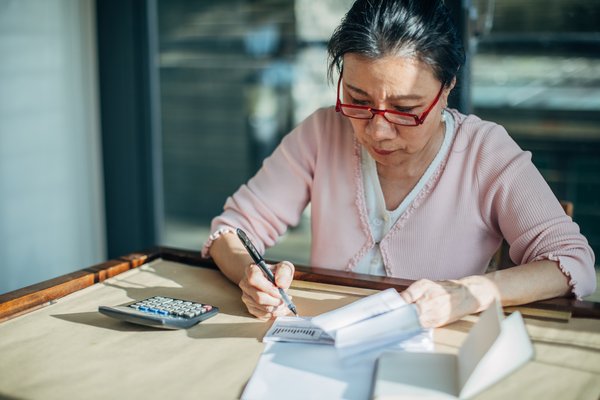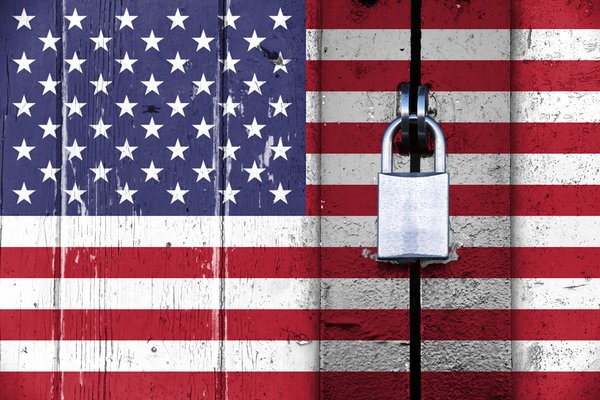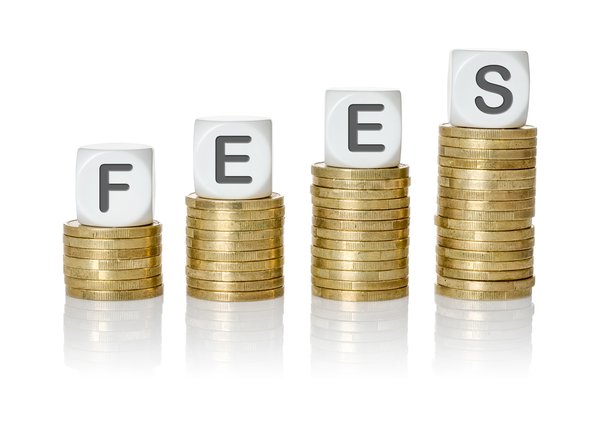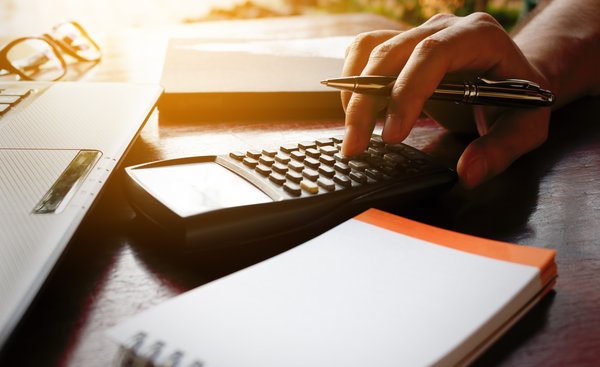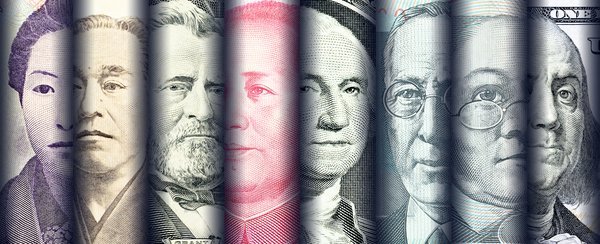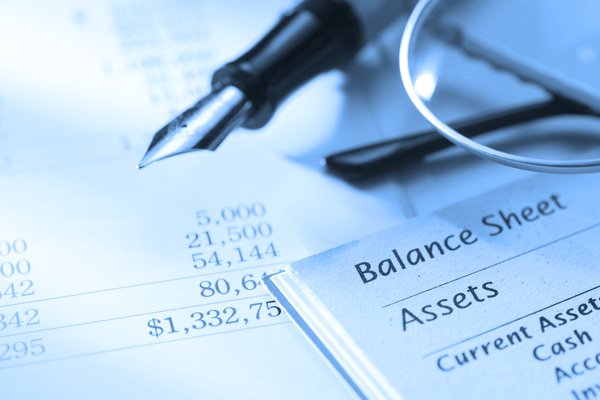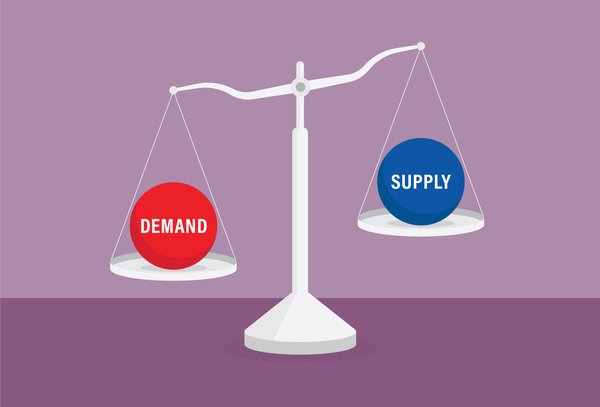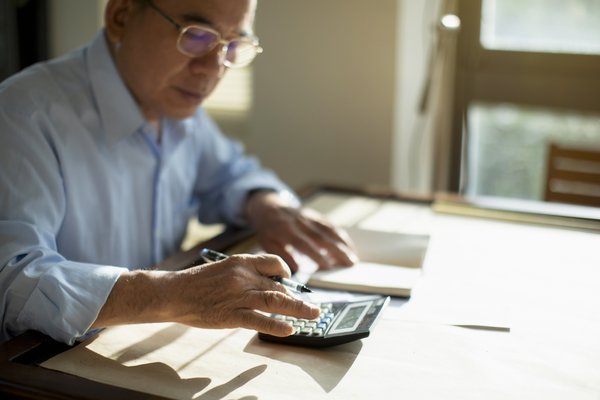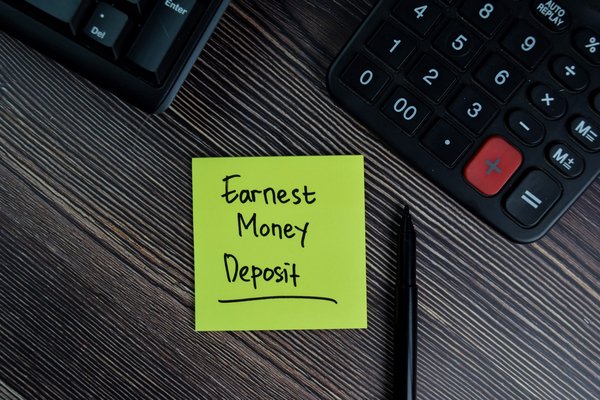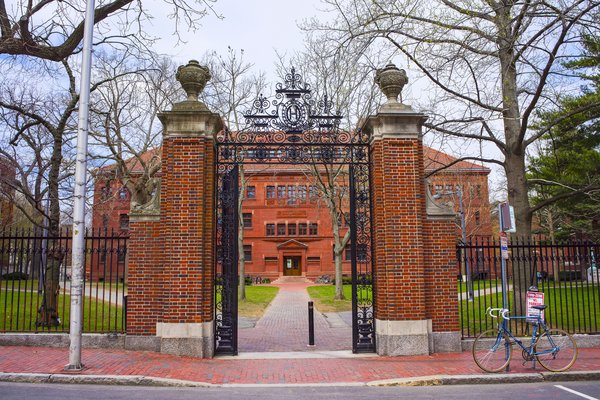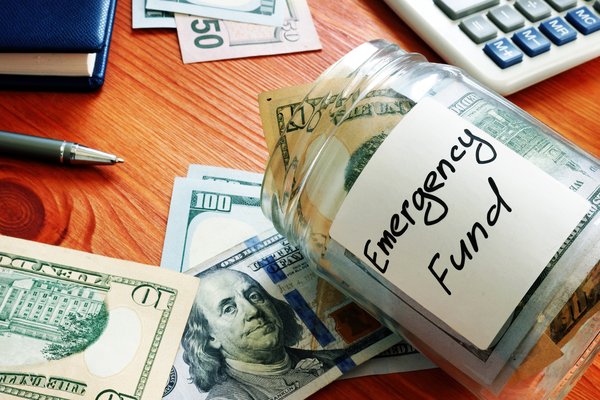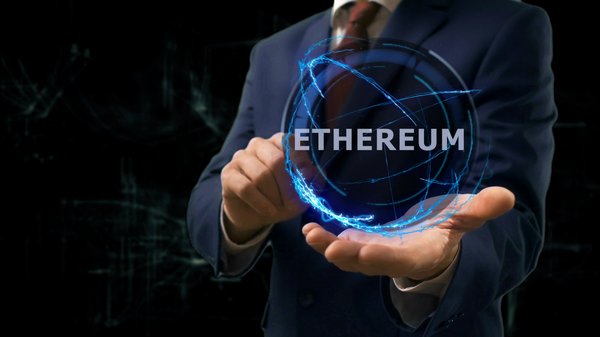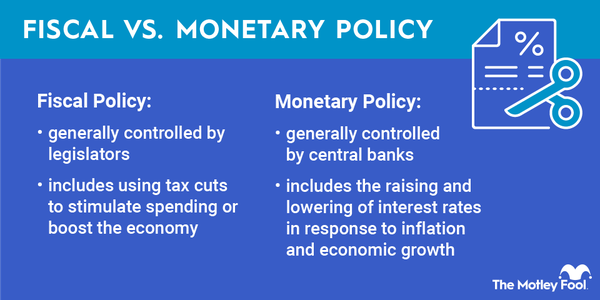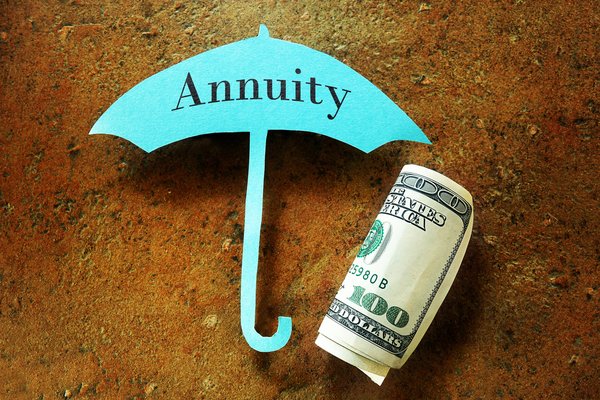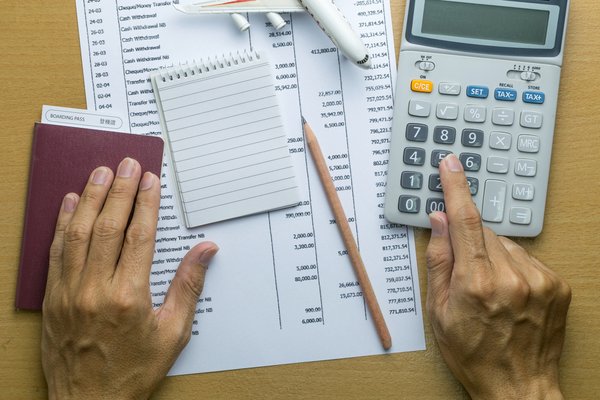At the end of the day, return on investment (ROI) is the most important metric that investors should care about, and in the world of real estate, the equity dividend rate is an accurate way to measure an ROI on capital invested in real estate. It's particularly important because many properties will have different taxes and fees, which can obscure true ROI formulas when determining the profitability of real estate.
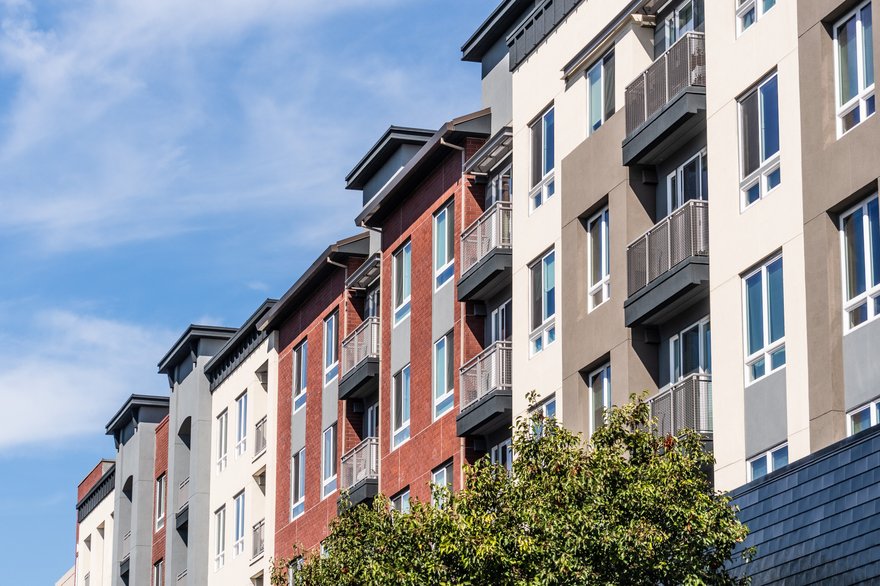
What is it?
What is the equity dividend rate?
The equity dividend rate, also called the “cash-on-cash return," is a simple way for real estate investors to measure how much cash flow a property generates relative to the cash they invested. It’s expressed as a percentage and helps investors quickly compare different properties to see which ones are producing better returns.
Think of it like this: If someone buys a rental property and collects rent after expenses, how much of that rent actually goes into their pocket compared to what they initially put in? The equity dividend rate answers the question: What is the return on the initial capital investment?
Why it matters
Why does the equity dividend rate matter?
The equity dividend rate is like a financial gut check. It tells an investor if their rental property is actually making money or if they just own a big, expensive collection of wood and concrete put together with screws and nails. Here’s why it matters, with some real-world examples:
Shows cash flow performance
The equity dividend rate is one of the best ways to measure cash flow performance. Imagine two friends, Mike and Sarah, who both buy rental properties. Mike puts $100,000 down on a duplex and, after paying expenses, ends up with $10,000 in annual cash flow. Sarah puts the same amount down on a condo but only pockets $4,000 per year. Mike's equity dividend rate is 10%, while Sarah’s is just 4%. Even though both properties cost the same upfront, Mike's investment is working much harder for him. Mike now knows that his investment is efficient; Sarah's investment is not working nearly as efficiently as Mike's.
Helps compare investments
The equity dividend rate is great for comparisons. Think of it like this: If two coffee shops sell lattes at the same price, but one has much lower costs, it’s going to be the better business. The equity dividend rate works the same way by stripping away financing details and showing how much a property pays back compared to the money invested. If an investor is looking at two rental properties, they can use this metric to see which one offers the better return on cash without getting lost in mortgage rates and loan terms.
Identifies potential risks
A low equity dividend rate is like running a small business with barely any profit. One bad month, and things can go south fast. Suppose Mike buys a rental home with a 3% equity dividend rate. That means he’s barely making any money after covering taxes, repairs, and management fees. If a big repair pops up or the tenant moves out for a few months, he might actually lose money on the deal. A low equity dividend rate can be a warning sign that an investor needs to either raise rent, cut costs, or walk away from the deal altogether.
How to calculate
How to calculate and use the equity dividend rate
The equity dividend rate is defined and calculated as follows:
Equity Dividend Rate = (Annual Cash Flow ÷ Initial Cash Investment) × 100
Annual Cash Flow
The rental income that is left over after covering operating expenses like taxes, insurance, and maintenance (but before mortgage payments).
Initial Cash Investment
The actual money the investor puts into the property, which is typically the down payment and closing costs.
So, what do we use this calculation for? It becomes very helpful for the following reasons.
Useful when comparing different properties
The equity dividend rate is a great way to compare properties and see which one really is the better performer. If Property A has a 10% equity dividend rate and Property B has 5%, the first property is providing double the cash return for the same investment.
| Property | Annual Cash Flow | Initial Investment | Equity Dividend Rate |
|---|---|---|---|
| Property A | $10,000 | $100,000 | 10% |
| Property B | $5,000 | $100,000 | 5% |
Even if Property B has a potential appreciation, an investor looking for strong immediate cash flow would favor Property A.
Helps in evaluating risk levels
A low equity dividend rate might indicate that an investment won’t generate enough cash to cover unexpected expenses. If an investor barely breaks even on cash flow, a vacancy or major repair could turn the investment into a money loser.
| Property | Annual Cash Flow | Equity Dividend Rate | Risk Level |
|---|---|---|---|
| High Yield | $10,000 | 10% | Lower Risk |
| Low Yield | $3,000 | 3% | Higher Risk |
Related investing topics
Example
Real-world example: How Xiao Ai Chang improved his equity dividend rate
Let's use the example of Northern California resident Xiao Ai Chang, who bought a rental property in San Francisco for $500,000 and put down $100,000 in cash. His annual rental income starts at $24,000, but after property taxes, insurance, and maintenance, he nets $10,000 in annual cash flow which gives him a 10% equity dividend rate. Looking to increase his returns, Xiao renovates the kitchen and upgrades the dishwasher and various other appliances, allowing him to raise rent by $400 per month, increasing his annual rental income to $28,800.
At the same time, he negotiates lower property management fees, cutting expenses by $2,000 per year and boosting his net cash flow to $16,800. He also saves another $1,250 by saving on different utilities, such as upgrading part of his home to solar and selling the excess electricity back to the grid. These moves increase his equity dividend rate from 10% to 16.8%. That's a pretty good increase in the return without doing so much work on the property.
| Details | Amount | |
|---|---|---|
| Initial Annual Cash Flow | $10,000 | |
| Rental Income Increase | $4,800 | |
| Expense Reduction | $2,000 | |
| Savings From Utilities | $1,250 | |
| Final Annual Cash Flow | $16,800 | |
| Initial Equity Dividend Rate | 10% | |
| Final Equity Dividend Rate | 16.80% |







